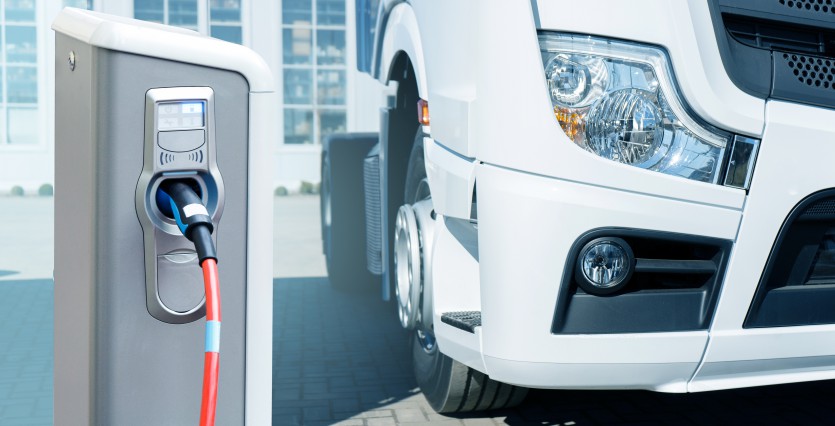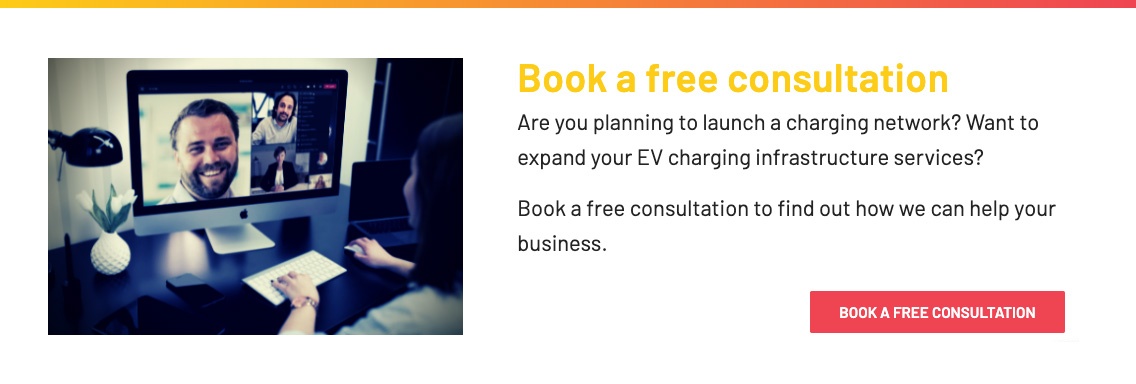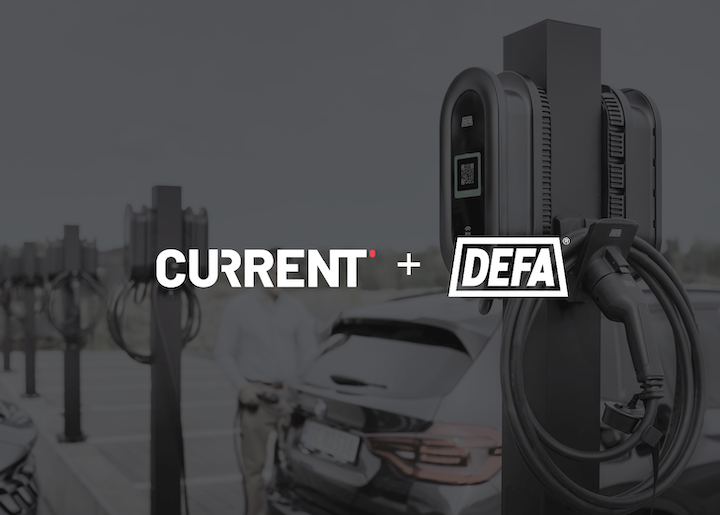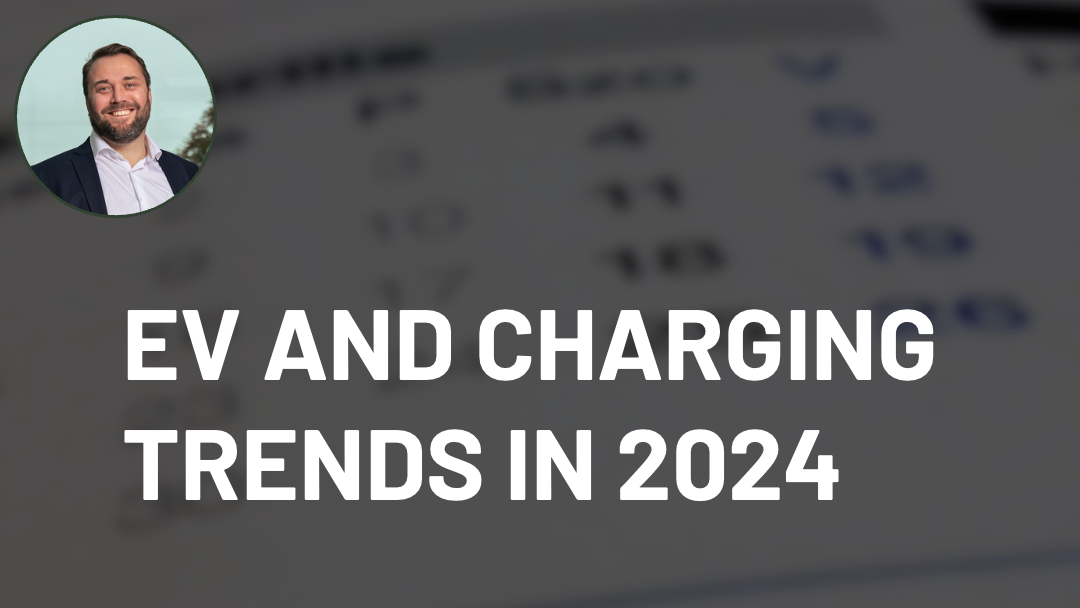
You manage your company’s fleet. You know that electrification is coming. Hardware and infrastructure must be chosen wisely. But you’re clueless. How do you avoid getting an EV fleet operation that bleeds money?
You can go electric the right way or the wrong way. The wrong way is to make bad investment choices up front, resulting in much higher operating costs in the future. Choosing the cheapest installment solution, for example. In the long run, this is a recipe for a costly operation.
In this article, we'll look at three main factors you should consider in order to get the lowest OPEX on your EV fleet.
Considerations before investing
1. Electric infrastructure
For fleet operators, infrastructure – and the type of infrastructure – is a fundamental consideration. Through a shared electric infrastructure, you can charge multiple charge points simultaneously, move excess capacity between charge points, and manage who is charging at the right time. As a result, capacity is utilised more effectively, and the need for extra capacity is reduced.
2. Selecting hardware and vendor
Ensure that your hardware vendor is OCPP compliant, supporting most functionality and modules. As we mentioned in a previous article [link], OCPP-certified chargers save you time and money on your electric infrastructure investment. The game isn't just low installation cost, but keeping your operating cost low and operational time high.
3. Connectivity
What is the method of communication between the charger and the Internet? Anyone who has tried to stay connected to a phone call while inside a parking garage knows how difficult it can be. EV chargers in garages face the same issue – the inability to get a clear signal.
Concrete, iron, and water, all things usually found in a parking garage, interfere with wireless signals. So make sure that your internal communication with EV chargers has a steady and good communication route.
After-investment costs (OPEX)
Your choice of electric infrastructure, hardware, vendor, and connectivity method will directly affect your EV fleet's operating costs in the future.
Here are five factors that directly affect how profitable your EV fleet operation will (or won’t be).
1. Unplanned downtime and expensive repairs
Make poor investment and installation choices, i.e., choosing the cheapest hardware, and you'll be calling an electrician a lot later. There is a cost associated with this...
2. Data and data cost
Will you have 4G or your own Internet line? How about the ability for the operator to access your internet remotely, so they can provide remote support? This is a cost/benefit analysis – stability vs. cost and external access. Using 4G in a parking garage is a bad idea while using a cabled network is ideal.
3. System maintenance time
You must have someone maintain your charging infrastructure. The longer they have to spend manually operating it, the less productive work they can do elsewhere. Automated and remotely managed systems are more efficient, whereas manual systems cost more to operate.
4. Electricity and energy bill (kWh and kW)
Is what you need really clear to you? If not, it will be expensive. The following elements affect your total electricity and energy costs:
- Peak management: How is energy and effect peak affecting your costs? This is a complex issue, but it can't be ignored.
- Prioritised charging: Who needs to charge, and when? All vehicles don't have to be fully charged at the same time.
- Overnight charging: Is a 350 kW charger really necessary for overnight charging?
- The cost of DC chargers is much higher than that of AC chargers. Do you require DC? If so, why?
5. EV fleet vehicle charging at home
The types of electric fleets you run will determine the charging needs for them. Is your fleet of trucks owned by you, or does your company provide company cars to your employees to charge at home? These are two entirely different use cases that require completely different setups.
Conclusion: Making the right CAPEX decisions reduces OPEX
Fleet operators have to carefully consider the infrastructure, hardware, and connectivity investments they make. By making the wrong decisions at this point, you'll end up with a fleet operation that costs a lot more to operate than it should.
So many questions, and so many pitfalls to avoid. You don't have to worry – CURRENT knows. Our team of experts can provide you with answers to all your questions. even the ones you didn’t know to ask.
Don’t hesitate to get in touch with us. We have a team of experts waiting to answer your questions about fleet electrification.




